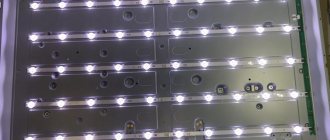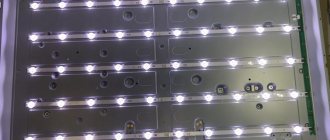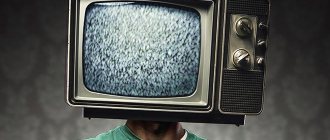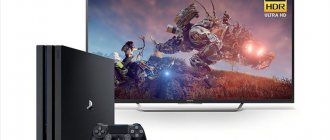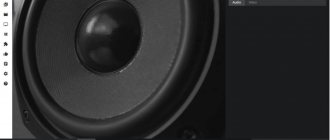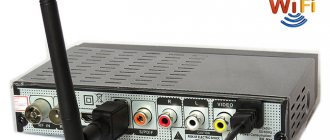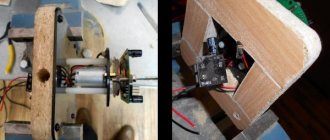One of the popular technologies for home TV that makes viewing content more spectacular and exciting is backlighting. It is present only on a limited number of Philips brand TVs and is not available for other devices.
There is a way to add this cool feature to almost any TV, but with certain restrictions. Now let's look at the most popular and affordable options that allow you to get backlighting without changing your TV.
What is Ambilight
Ambilight (ambient lighting technology) is a technology invented and patented by Philips that provides background adaptive lighting on the company's television panels .
The system analyzes the color palette of the picture on the screen and turns on a similar glow around the perimeter of the TV. Everything works in dynamic mode and creates the effect of dispersion of the image outside the matrix.
It looks very impressive and allows you to immerse yourself even more in the atmosphere of the film or TV series. In this way, it is possible to visually increase the size of the screen and fill most of the viewer’s view with color.
Unfortunately, other electronics manufacturers are not trying to present their analogues or buy the rights to use Ambilight from the copyright holder. However, with the help of some gadgets from AliExpress you can create something similar.
Types of socles
A socket is a thread or other type of connector with which a light bulb is attached to a socket or lamp. The base contains contacts that, when interacting with the contacts of the lamp, conduct current.
The device of a classic light bulb
The following types of bases are found in everyday life:
- E27 is the most common type; it is screwed into almost all chandeliers and floor lamps. It has the form of a thread with a diameter of 27 mm.
- E14 is the second most common base, thread with a diameter of 14 mm. It is available in low-power models that are installed in floor lamps, bedside lamps, and wall decorative lamps.
- The picture below in the second row shows the bases of tubular fluorescent lamps found in long ceiling and wall lamps.
- In the third row you can see the bases of the light bulbs that are built into the ceiling lamp.
Common types of bases
How Ambilight and its analogues work
First you need to understand how it all works. A special module captures and analyzes the image on the screen to understand the color of the area around the perimeter of the matrix. After this, a similar signal is sent to the addressable RGB strip located behind.
Capture is performed several times per second, and the glow of the diode strip behind is updated at the same frequency. Of course, this requires serious resources. The higher the image resolution, the more pixels have to be processed during capture.
All solutions that replicate Ambilight technology are divided into two types: based on an external decoder or based on a set-top box .
◉ The first type is a separate box with an HDMI input and a similar output. Inside is a small single board computer (most often based on a Raspberry Pi) that accepts the output signal from any source. TV set-top boxes or consoles can be connected to the input. The capture process takes place inside, and the output image is displayed on the TV.
The advantage of this solution is ease of connection. No complex circuits, additional software or settings. The box is simply placed between the signal source and its receiver (TV).
The disadvantage of such a box is also obvious - most often it will produce a picture worse than at the input. The power of the module may not be enough to rebroadcast 4K, sometimes there will be no support for HDR, there are cases when the boxes do not support the required FPS or simply do not transmit surround sound. Here everything depends either on the power of the filling or on the standard of the HDMI port.

